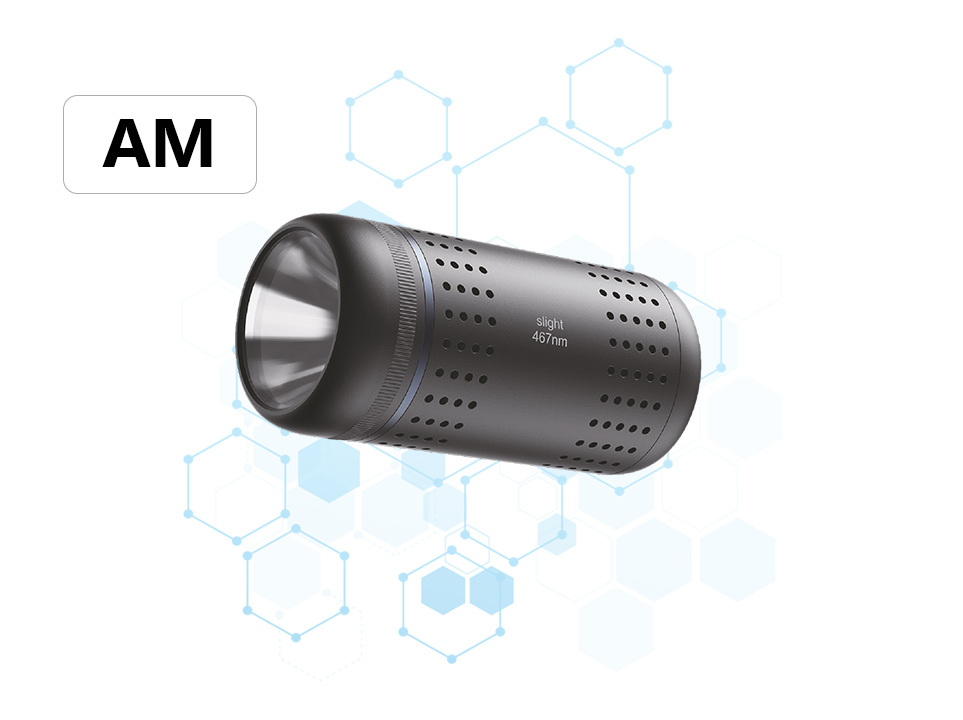Application of photoreactors in the experiment of photocatalytic synthesis of steroid natural products
Precision editing of C-H bonds: The team employed photoreactors to selectively cleave tertiary C-H bonds in steroid scaffolds, enabling the construction of critical C5 and C25 stereochemical centers. This strategy overcomes traditional challenges in regional and stereoselectivity control.
Sodium decatungstate (NaDT) as the photocatalyst: Inspired by Wendlandt’s work, NaDT was used as a hydrogen atom abstraction (HAA) reagent to generate radical intermediates. By manipulating substrate design, the team achieved unprecedented C5/C25 epimerization with high diastereoselectivity (e.g., 96:4 dr for Δ7-Dafachronic acid).
Streamlined synthesis pathways: Using cheap starting materials (e.g., chenodeoxycholic acid), the team demonstrated concise routes to target molecules. For example, Δ7-Dafachronic acid was synthesized in 10 steps with 40% overall yield, representing the most efficient route to date.
Versatility across diverse scaffolds: The strategy was successfully applied to Demissidine (5-step synthesis, 48% yield) and Smilagenin, showcasing its broad applicability to complex steroid structures.





